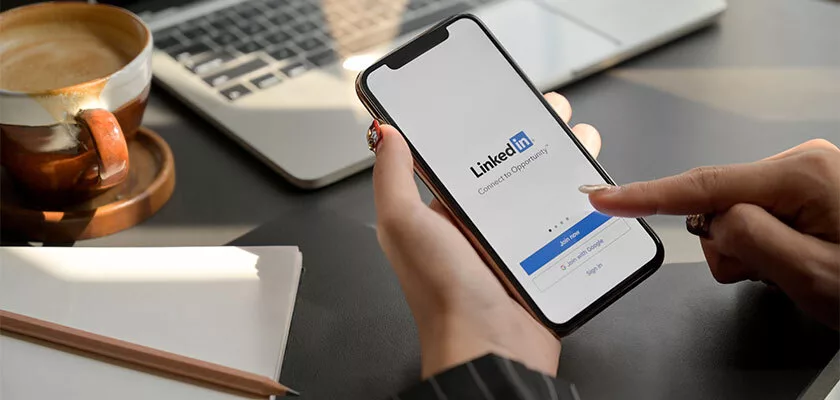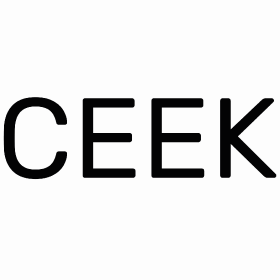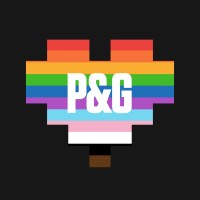How To Get Conversions From LinkedIn Without Using Lead Gen Forms
Anyone who’s ever tried their hand at LinkedIn marketing or has engaged with an agency for it would have surely come across the age-old tool – LinkedIn Lead Gen Forms. We’re sure you have too! They’re the most popular and widely used ways of LinkedIn lead capturing (and the most convenient one too!)
However, the real question is are lead gen forms really as effective as marketers would like you to believe? We disagree. The truth is that marketers prefer lead gen forms as they are the fastest way to show results on LinkedIn. You run a LinkedIn ad, a bunch of people see that ad and share their contact information and you get praised for turning in so many leads so soon.
Hold on – but who’s checking the quality of these leads? How many of these actually convert? Marketers often dodge that bullet by saying that it’s the sales team who has to make the right calls to convert these leads. While they pass the buck, not many admit that the leads they’re handing over to sales are actually weak leads.
All That’s Wrong With LinkedIn Lead Gen Forms
Consider any LinkedIn Lead Gen Campaign where you’re using the form – what’s the standard approach? You’d first find a piece of content a.k.a a lead magnet (video/webinar/podcast/event/article/case study) that you think your target audience would be interested in and then gate the content with the LinkedIn Lead Gen form.
Since LinkedIn conveniently auto-fills most of the details of the person, most people who are even remotely interested in the content piece you’re offering quickly fill in the form and get access to the content. The challenge – they might not really be interested in your brand.
So, what you get out of such a cold campaign are weak leads. These leads know nothing about you, have never even visited your website, and have no exposure to your brand, whatsoever. They’re just interested in the lead magnet that does little or nothing to sell your brand or build any brand affinity. It’s highly unlikely that just because they shared their contact information, they’d book a call with your sales team – and even if they do – they’d barely show any interest in your offering. Essentially, they’re the weakest of leads that lead to the lowest conversion rates of becoming a paying customer.
How To Get Conversions and Revenue From LinkedIn Without Lead Gen Forms – The Layered Approach
After a lot of trial and error, misses and hits, we have come up with a layered approach to getting leads that (actually!) convert from LinkedIn. By now, you would have realized that the reason lead gen forms generate weak results is that they are most often used in the initial cold layer which means leads you’re capturing are not aware of you. So, we decided to change that.
Layer 1: The Cold Awareness Layer
Instead of making the lead gen form the first cold campaign that’s reaching our target audience, we added a different layer.
Depending on the brand we’re working with, we put cold ads in the form of single images or videos in front of the target audience to make them aware of the brand – who they are, what they offer and what the brand is all about.
More often than not, we hit with:
- Either a cold layer of ads that focus on the main pain point that the brand is solving
- Or, a straightforward ad about who we are, what we sell, and who we work with.
With this layer, we filter out the target group that is actually showing interest in the brand’s offering by interacting with the ad, clicking on it and visiting the company page or the brand’s website (yes, we track it all!).
Then, we hit this smaller group with our second layer – the most crucial part of our strategy.
Layer 2: The Soothing Credibility Layer
Once we’ve generated interest, now we retarget these people with content that would build brand credibility. For any lead to convert, they need to know that you can be trusted. To do that, we build the second layer that has content that helps them overcome their hesitation. This can include
- Client success stories/case studies
- Press releases where we’re in the news, where we made some top ten list, or where we announced some partnership
- Client testimonials
- Videos/Content of us actually demonstrating our expertise
Credibility layer ad example
You’d notice that we are still not using lead gen forms in this layer – we’re just building a brand perception that
- Generates trust for the brand
- Creates demand for your offering
- Projects you as the go-to option and the go-to expert in your space.
Essentially, you have to retarget the people who’re interested in you at least 2-3 times before you get to the final layer.
Layer 3: The High-Intent CTA layer
This is the final nail in the coffin that you re-target your interested audience with. In this, you use ads with direct CTAs for conversion and capture high-intent leads. That’s when you convert directly from LinkedIn in the form of booked calls or demos.
Here’s a visual breakdown of our layered approach.
If you’re wondering if this strategy works, here’s what data shows. We started using this strategy around March 2022 and you can look at the progress since then in this image. An 80% increase in conversion rates says it all, right?
The results of the layered approach
Why did this strategy work?
Imagine a movie that directly begins with the climax – with zero build-ups. You’d probably not be interested in the movie anymore. That’s why our strategy works. Instead of directly capturing lead information in a form and following up randomly – we add the build-up to our campaigns in the form of those retargeting layers.
Only after interacting with a couple of ads, and visiting our website, again and again, we hit the leads with actual forms or strong CTAs like book a call. That way not only the leads are more comfortable and confident about sharing their information, but also we end up filtering out the ones that are not. Moreover, your sales team saves a lot of time becomes the leads already think of you as an expert and trust your brand.
It’s not like someone got your checklist, and then you jump on a call with them, and you have to tell them who you are, what you do, and why they should trust you – 70% of that has already been done through advertising.
In fact, the people who have booked a call with your sales team are the ones who have a problem > believe that your brand can form it > have a few queries > and want to move ahead in the process.
As a result, we’ve witnessed that through these campaigns, the show-up rates for calls and meetings are much higher, the close rate of those meetings is much better and the deal sizes are much larger. Here’s a peek into our campaign conversions.
Campaign conversions with the layered approach
The results of the layered approach
All that is mere because you built up trust with them through creating demand, creating trust, and then capturing it.
The Final Thought
We’re not completely dismissing lead gen forms on LinkedIn – they are useful. In fact, what we are trying to put forth is that instead of coming up with one-off lead gen campaigns and capturing cold leads, plan well-thought-out, multi-layer retargeting campaigns. That way, you’d not only generate more relevant leads but also closer larger deal sizes.
Lay down a complete multi-campaign plan and select content, and CTA for each, that’s when you can create a funnel and nurture leads that are genuine. Also, you can always use a lead gen form in one of these campaigns, as long as it’s not the first one.
























